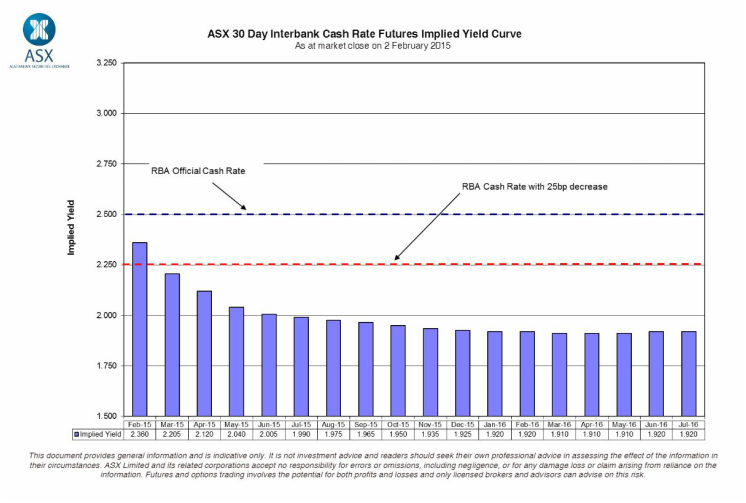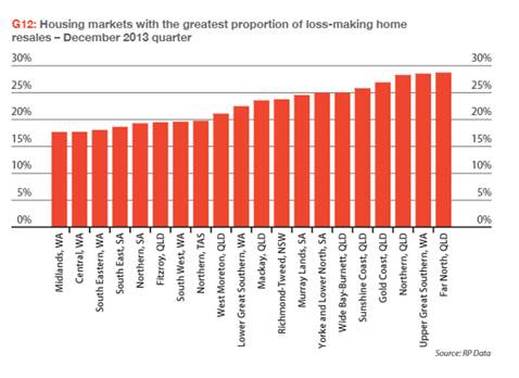
A Property Valuer is a qualified professional whose job is to assess the value of property. Banks and other lenders engage property valuers to undertake valuations to determine the worth of property when mortgage loan applications are made and to assess the feasibility of the proposed purchase. They are tertiary educated and accredited by the Australian Property Institute (API). Banks do not take into consideration real estate agent appraisals, as these are not objective or independent.
What does the valuer actually do?
A Valuer may only spend 5-10 minutes at your house and may seem in a rush, this is because they normally have many appointments to make. Behind the scenes the Valuer is doing a lot of work. They are not so interested in the overall presentation and cleanliness of your house (although some decorum is surely to be appreciated) but they are interested in the quality of workmanship, build of the house, block features/frontages, house size and so on.
Many firms now adopt a process managed entirely through a valuation management system (VMS). Through the VMS every detail, record and dealing with the property is recorded for future reference. In general terms, to value a property a licensed Valuer will do the following:
- Make contact to arrange inspection.
- Compilation of property information - title zoning, problems such as bushfire or flooding and sales history.
- Internal and external inspection of the property – detailed information is recorded directly into the VMS. The property is digitally measured and photographed.
- In the office – The Valuer researches sales evidence and analyses the property against that evidence.
- Provide required responses to risk questions.
- Run a draft report against quality assurance guidelines.
- Check of the valuation by Senior or Managing Valuer.
- Prepare and send the final report – typically within 24 hours of inspection.
- Correct address or title details
- Accurate contact details of an available person.
- If tenanted, contact the agent so they may provide notice for access and arrange a suitable time.
- Contract documents, dated and signed by the vendor where possible.
- Any other relevant information in digital form such as building contract or specifications and plans.
- Rates notice, contracts for recent works.
- Quotes for work to be completed.
- Sales evidence.
So for optimal results, keep the place neat and tidy, provide any information to the Valuer that might support your case, and then leave them in peace to get on with their job.
If it’s got anything to do with property, the chances are that a Licensed Valuer will be able to provide you with some of the best information available to assist in your decision making process.
What can you do if you disagree with the bank valuation?
The valuation of any property is a serious and involved process, reliant on confirmed sales in writing. If an individual truly believes in a particular value of their property confirmable sales data must be available to back it up. This sales data must include (but is not limited to):
- Recent (under 3 months preferred but less than 6 months is OK)
- Close by – not another suburb unless the area is remote and the property is very closely equivalent
- Same size property/land/aspects/house size
- Confirmation of sale
The perception that listing or asking prices on property can be used as an ‘indication’ of value is false. They in fact offer little more than an agent’s capacity to place a number on a board. A home cannot be valued based on someone’s ideal sales price. Confirmed sales in a current market (no more than six months old) are essential elements of a professional valuation.
The Lenders and how they see things
Lenders compliance managers are constantly finding ways to make the process more objective and at arms length. It is very uncommon to have a bank valuer come from the actual branch, although this does still happen, it is very rare.. Lenders are driven by their own concerns and those of the industry regulator (APRA) evidenced by the adoption of some of the following practices:
- A reduction in the number of Panel Valuers available in the market
- Instruction for at least 2 valuation firms almost always on a random basis (creating objectivity as you cannot choose your Valuer)
- Auditing of Valuer performance
- Standardising Service Level Agreements (SLA’s) – A preference for National Agreements with Valuers
- A reduction in contact between Valuer and Lending Manager/Broker. Most lenders are now using RP Data and Valex to manage the valuation order and valuer preference
- The introduction of a prescribed process for reviews and queries
Overall, it is important to take heed of the important and crucial role valuers play for the banks. They are not 'on the banks side' they do err on the side of caution but they are also under pressure to keep all parties satisfied with the outcome. As such, if you have a dispute with a valuers valuation, the best thing to do is keep calm, look at the figures they have used, and find evidence to the contrary to support your claim for a higher valuation. I have on many times assisted clients dispute a valuation with success, and worked together with the valuer to find a common ground. An important part of this process is to have data, to help support your claims.
























 RSS Feed
RSS Feed
